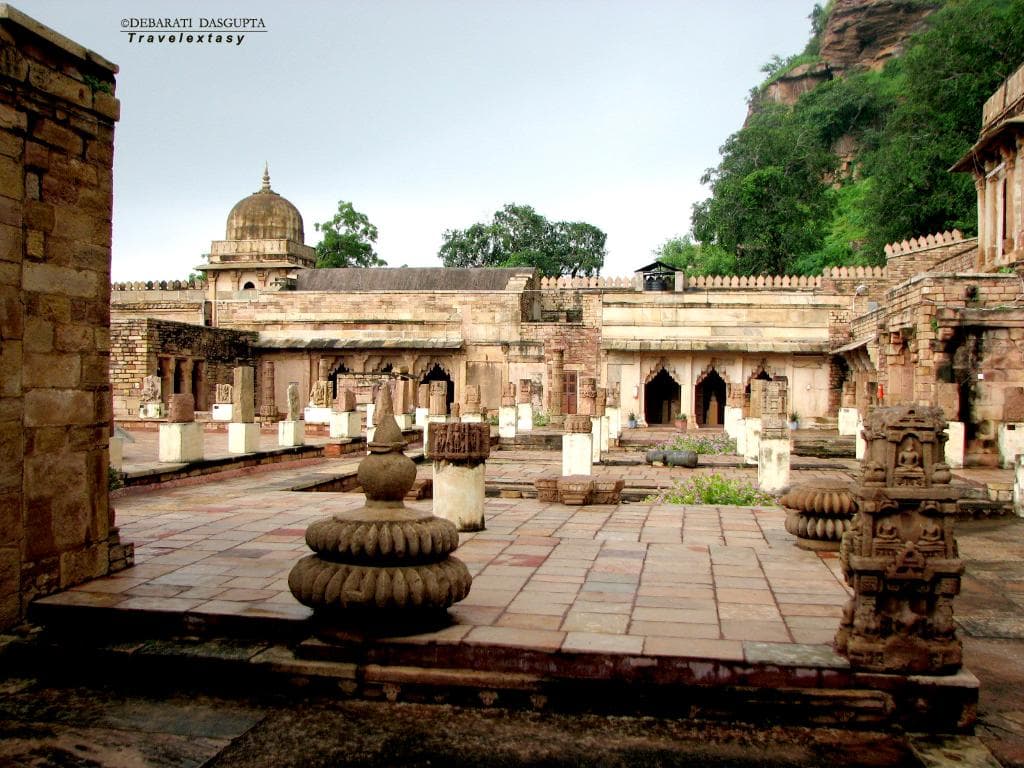
Gujari Mahal Archaeological Museum
A 15th-century palace built for a queen, now an archaeological museum showcasing ancient sculptures, weapons, and inscriptions.
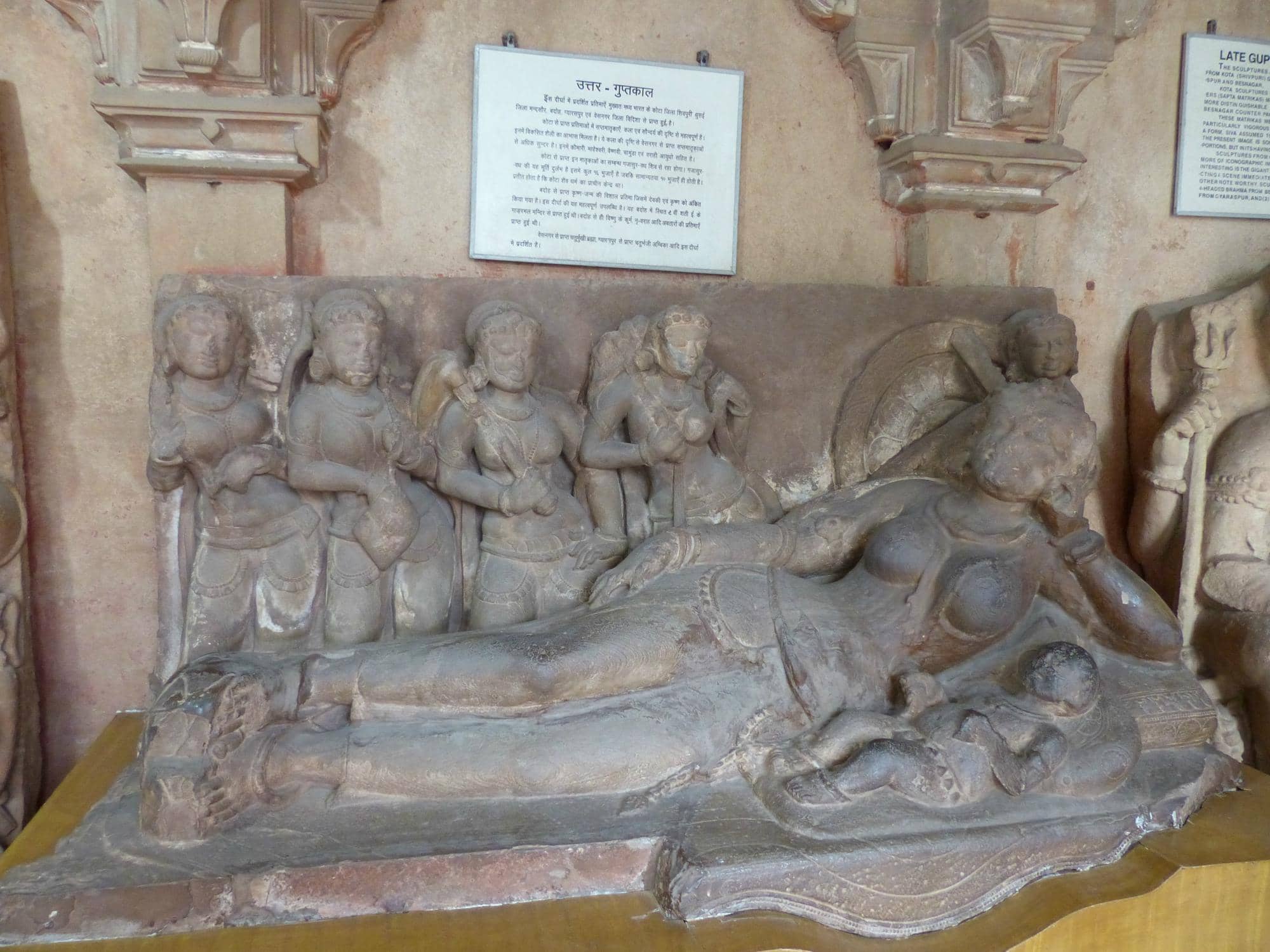
Highlights
Must-see attractions

Social
From TikTok & Reddit
Best Time
Beat the heat and crowds

Gujari Mahal Archaeological Museum
Best Time
Beat the heat and crowds

Highlights
Must-see attractions
A 15th-century palace built for a queen, now an archaeological museum showcasing ancient sculptures, weapons, and inscriptions.
"A testament to love and history, Gujari Mahal offers a captivating glimpse into India's rich past."
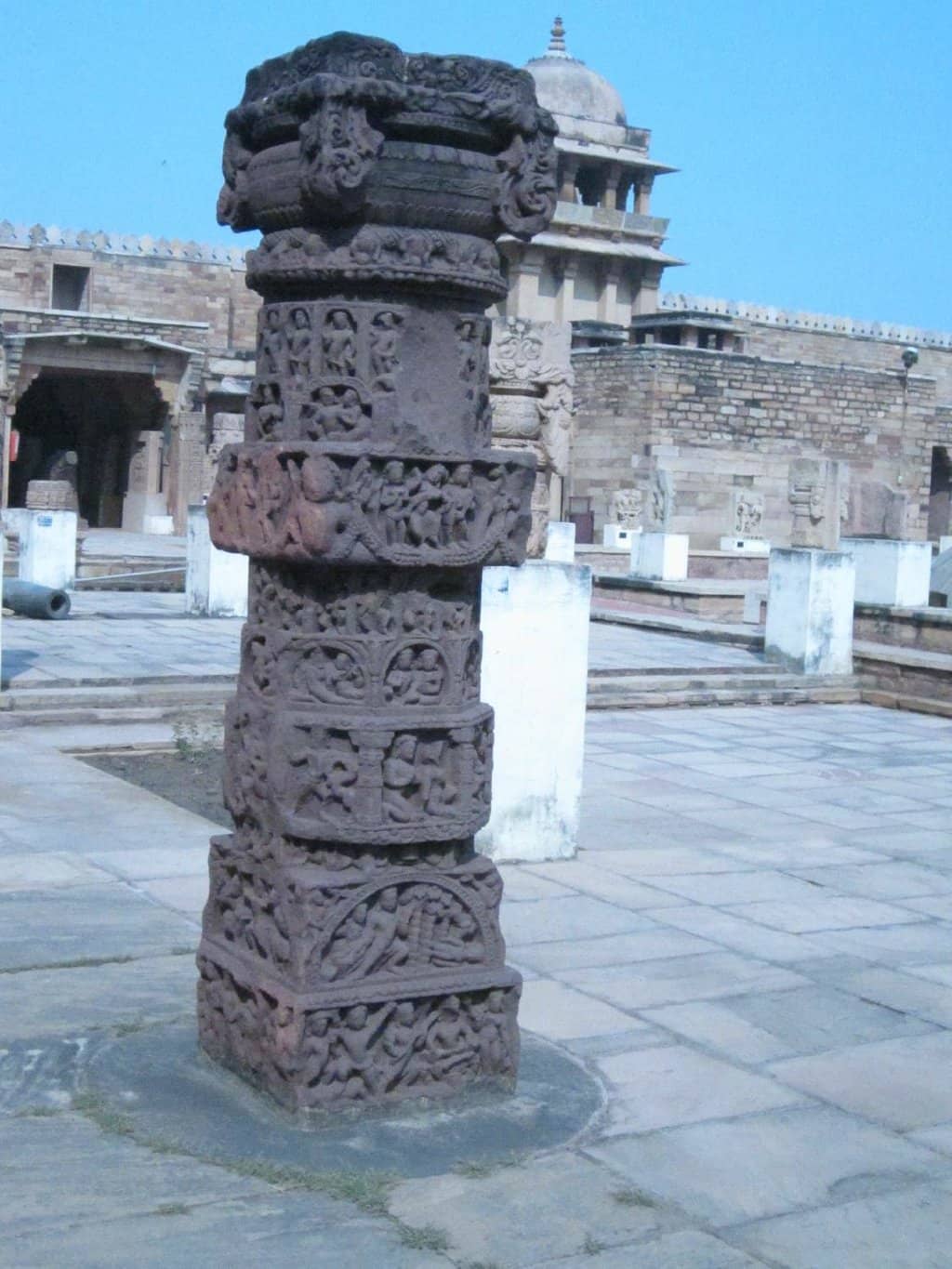
💧 Stay Hydrated!
Gwalior summers are brutal. Carry ample water to stay comfortable during your visit.
🏛️ Explore the Architecture
Beyond the artifacts, admire the palace's medieval Hindu architecture and unique design.
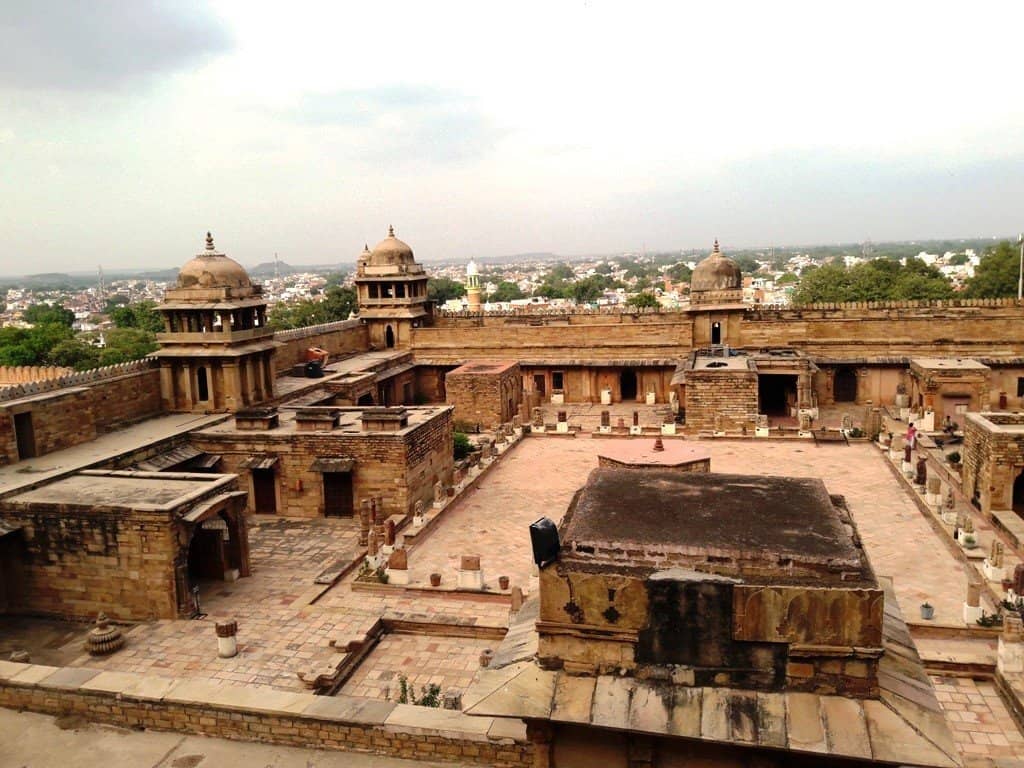
Highlights
Discover the most iconic attractions and experiences
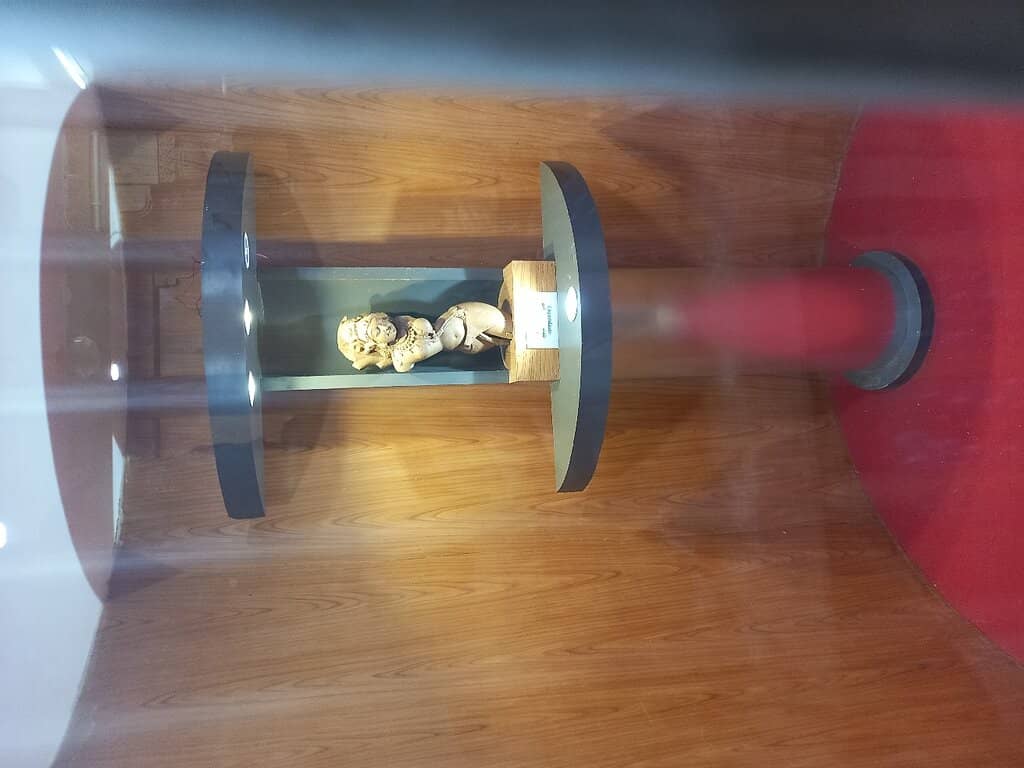
Sculpture of Lord Vishnu
Main Gallery
A stunning 9th-century white sandstone sculpture of Lord Vishnu, a must-see artifact.
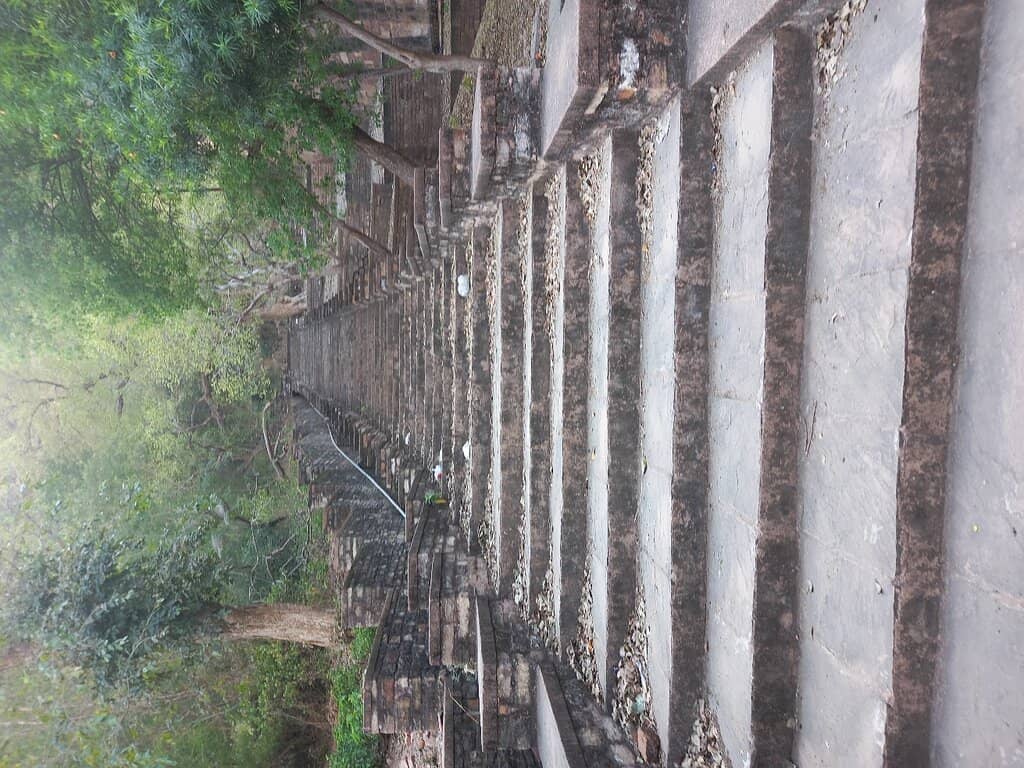
Salabhanjika Statue
Sculpture Gallery
Considered a masterpiece, this alluring statue from Gyaraspur captivates with its grace.
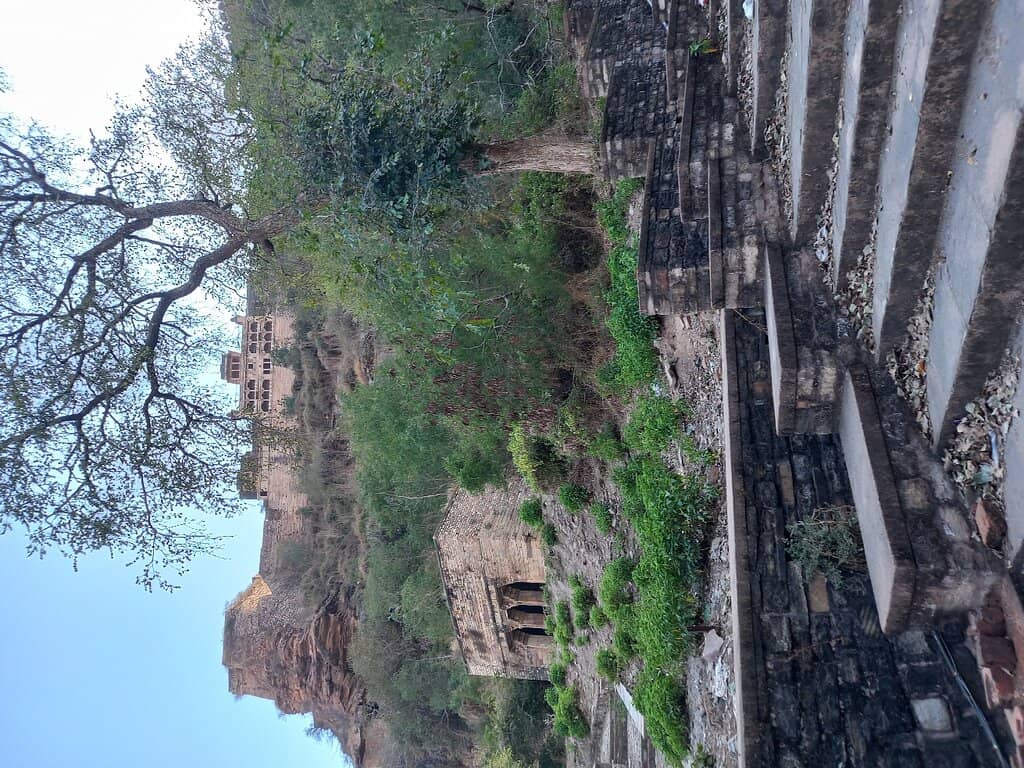
Terracotta Collection
Terracotta Gallery
Exquisite figurines of Lord Ram, Mata Sita, and more from Pawaya excavations (4th-5th centuries).
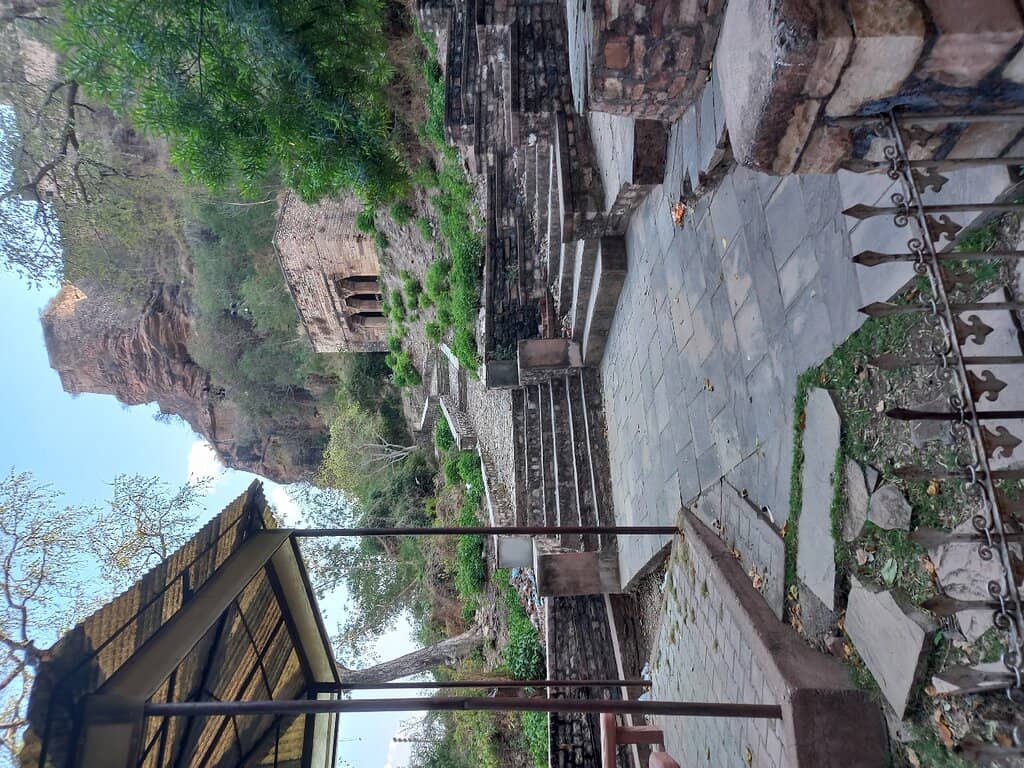
Inscriptions and Coins
Epigraphy and Numismatics Sections
Rare stone and copper plate inscriptions and a diverse collection of ancient coins.
Plans like a pro.
Thinks like you
Planning Your Visit
Beat the Heat and Crowds
A Love Story in Stone
Best Times
Insider Tips
from TikTok, Instagram & Reddit
💧 Stay Hydrated!
Gwalior summers are brutal. Carry ample water to stay comfortable during your visit.
🏛️ Explore the Architecture
Beyond the artifacts, admire the palace's medieval Hindu architecture and unique design.
📸 Capture the Details
The intricate carvings and exhibits offer great photo opportunities.
❤️ Understand the Love Story
Learn about Raja Man Singh Tomar and Rani Mrignayani's romance that inspired the palace.
Tips
from all over the internet
💧 Stay Hydrated!
Gwalior summers are brutal. Carry ample water to stay comfortable during your visit.
🏛️ Explore the Architecture
Beyond the artifacts, admire the palace's medieval Hindu architecture and unique design.
📸 Capture the Details
The intricate carvings and exhibits offer great photo opportunities.
❤️ Understand the Love Story
Learn about Raja Man Singh Tomar and Rani Mrignayani's romance that inspired the palace.
What Travellers Say
Reviews Summary
Visitors praise Gujari Mahal for its historical significance, unique love story origin, and impressive collection of ancient sculptures and artifacts. The architecture of the palace itself is also noted as a point of interest. Some find the approach road narrow and parking limited.
"Gujari Mahal is a historic palace located within the Gwalior Fort complex in Madhya Pradesh. It was built in the 15th century by Raja Man Singh Tomar for his beloved wife, Queen Mrignayani, who was a Gujar princess. Today, it has been converted into an archaeological museum, preserving ancient artifacts and sculptures.
The palace is a fine example of medieval Hindu architecture, featuring intricate carvings and robust stone walls.
Unlike the grand structures of the main fort, Gujari Mahal has a more simplistic but sturdy design, built to withstand time and war.
The use of blue tiles and decorative motifs adds to its aesthetic charm.
The museum inside Gujari Mahal showcases a rich collection of artifacts from different eras, including sculptures, coins, weapons, and inscriptions.
Some of the rare exhibits include statues of Lord Vishnu, Jain Tirthankaras, and celestial nymphs (Apsaras).
The most famous attraction is the salabhanjika (a graceful female statue), which is considered a masterpiece of Indian sculpture."
Gopal Mishra
"The palace of ❤️Gujari Mahal🏯 was built by Tomar Rajput🚩 ruler Man Singh Tomar for his wife Mrignayani who belonged to Gujjar tribe.👍 She demanded a separate palace for herself.👈
Gujri Mahal❤️ is a historical Mahal🧐 , located in the fort of Gwalior🏰. This Mahal was built by Man Singh Tomar,🚩 the Rajput⚔️ ruler of Gwalior,📍 for his lovely Gujjari 👑 Mrignayani👩❤️👨. Mrignayani was a Gwalin (Gujjar)👈 , Mrignayani's beauty made Man Singh Tomar fall in love💞 and Decide to Marry Mrignayani.👰"
Ranveer Singh Jhala
"Amazing experience of visiting the ancient Indian historical sculptures & idols"
Dimpi Gupta
What People Like
What People Dislike
Frequently Asked Questions
🚇 🗺️ Getting There
Gujari Mahal is located within the Gwalior Fort complex. You can reach Gwalior by train, bus, or flight. From the city, auto-rickshaws and taxis are readily available to take you to the fort entrance.
There is small parking available near the building, but it can get crowded. It's often easier to park at the main Gwalior Fort parking and walk or take a local transport up to Gujari Mahal.
Consider hiring a local guide at the Gwalior Fort entrance to get the most out of your visit. They can provide historical context and help you navigate the complex efficiently.
Absolutely! Gujari Mahal is a key attraction within the Gwalior Fort. Most tours of the fort will include a stop at the museum.
Gwalior Junction railway station is a major railhead. The nearest airport is Gwalior Airport (GWL), with regular flights from major Indian cities.
🎫 🎫 Tickets & Entry
The museum typically opens around 10 AM and closes by 5 PM. It's advisable to check the latest timings before your visit, as they can vary.
There is an entry fee for the Gwalior Fort complex, which usually includes access to Gujari Mahal. The exact fee can vary, so it's best to confirm at the ticket counter.
Advance booking is generally not required for Gujari Mahal. Tickets can be purchased at the Gwalior Fort ticket counter upon arrival.
Yes, Gujari Mahal is typically open on weekends, including Saturdays and Sundays. However, it might be more crowded during these times.
Museums in India are often closed on national holidays. It's a good idea to check for any specific closures before planning your visit.
🎫 🏛️ Onsite Experience
The museum houses a rich collection of sculptures, ancient weapons, coins, inscriptions, and terracotta artifacts from various historical periods.
You can comfortably explore Gujari Mahal in about 1-2 hours, depending on your interest in the exhibits and the historical context.
The palace has stairs and uneven surfaces, which might pose challenges for visitors with mobility issues. It's best to inquire about specific accessibility options beforehand.
Photography is usually allowed, but videography might be restricted or incur an additional fee. Check for signage or ask museum staff for current regulations.
It was built by Raja Man Singh Tomar for his queen Mrignayani and is a significant example of medieval Indian architecture, now housing valuable archaeological finds.
📸 📸 Photography
The architectural details of the palace, the courtyard, and the well-lit sculptures offer excellent photo opportunities. The views from atop Gwalior Fort also provide a great panorama.
Yes, with good lighting and focus, you can capture detailed shots of the sculptures and artifacts. Consider visiting during softer light hours.
Drone usage is generally restricted in and around historical monuments and forts due to security and preservation concerns. It's best to avoid bringing drones.
A versatile lens (like a 24-70mm) is useful for capturing both architectural details and exhibits. A prime lens with a wide aperture can be great for low-light conditions inside.
Yes, you can photograph these exhibits, but be mindful of flash usage, as it can damage delicate artifacts. Check for any specific 'no flash' signs.
For Different Travelers
Tailored advice for your travel style
👨👩👧 Families with Kids
Consider focusing on the more visually striking exhibits like the large sculptures and the terracotta figures. The story of Rani Mrignayani can also be a fun narrative to share. Keep the visit relatively short to maintain their attention, perhaps combining it with other attractions within Gwalior Fort.
🏛️ History Buffs
Pay close attention to the terracotta figures from Pawaya, which offer a glimpse into daily life and religious beliefs of the Gupta period. The replicas of Bagh cave murals and miniature paintings further enrich the understanding of India's artistic heritage. Don't miss the chance to learn about the architectural significance of the palace itself.
📸 Photographers
Inside the museum, focus on capturing the intricate details of the sculptures, the textures of the inscriptions, and the variety of coins. The terracotta figures also present unique photographic subjects. Visiting during the early morning or late afternoon can provide softer, more flattering light for your shots.
Deep Dives
In-depth insights and expert knowledge
The Love Story Behind Gujari Mahal
The palace itself reflects a blend of architectural styles, with robust stone walls and intricate carvings. Unlike the grander palaces within Gwalior Fort, Gujari Mahal has a more intimate and sturdy design. The use of blue tiles and decorative motifs adds to its aesthetic charm, making it a beautiful example of medieval Indian architecture.
Today, this palace of love serves as the State Archaeological Museum, preserving a rich collection of artifacts that narrate the history of the region. It's a place where history, architecture, and romance converge, offering visitors a unique glimpse into the past.
Treasures of the Gujari Mahal Museum
The museum also boasts a significant collection of terracotta figurines from the Pawaya excavations, dating from the 4th to 5th centuries, depicting figures like Lord Ram and Mata Sita with exquisite detail. For history enthusiasts, the collection of 70 stone and copper plate inscriptions in Brahmi, Devnagri, and Persian scripts offers invaluable historical insights.
Further enriching the visitor experience is a diverse collection of coins (gold, silver, and copper alloy) from the 3rd century BC to the 20th century AD, alongside replicas of mural paintings from the Bagh caves and miniature paintings from various styles. The museum truly offers a comprehensive journey through India's artistic and cultural heritage.

Social
from TikTok, Instagram & Reddit